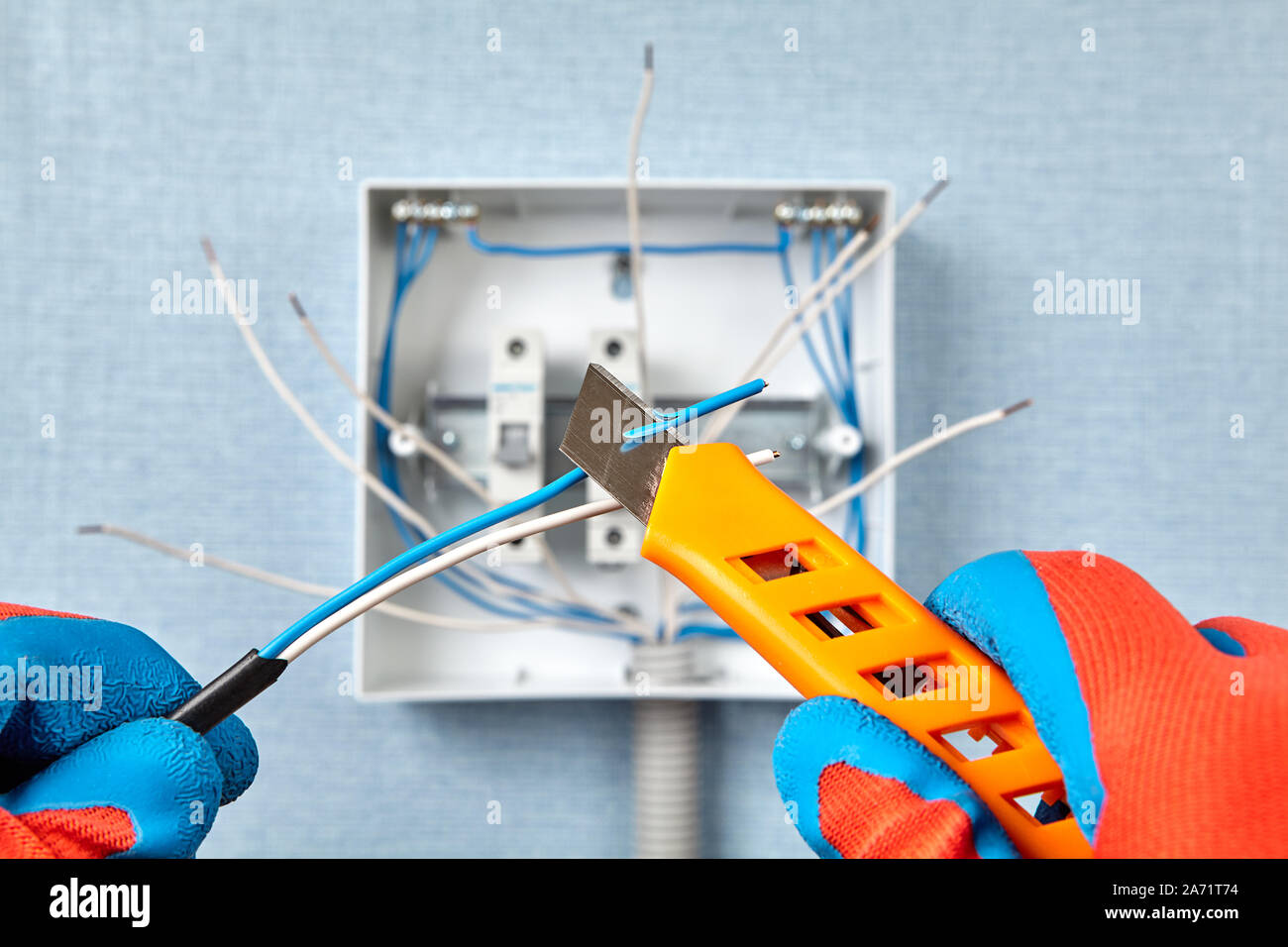Demystifying Electrical Setup: Recognizing Codes and Laws for a Legal and Safe Configuration
In the realm of electrical installment, adherence to codes and laws is extremely important to make sure both legitimacy and security. The complexities bordering electric work can be difficult, however familiarizing oneself with the well-known criteria is essential to navigating this area with confidence. By understanding the details of the National Electric Code and neighborhood building regulations, people can assure that their setups meet called for precaution and remain in compliance with the regulation. The trip to demystifying electric installation goes past plain experience with regulations; it requires a profound understanding of just how to execute secure electrical techniques effectively.
Relevance of Electrical Codes
The adherence to electric codes is critical in making sure the safety and security and reliability of electrical setups. Electric codes function as a set of standards and guidelines that determine the correct layout, installation, and maintenance of electrical systems. These codes are established to lessen the threat of electric risks, fires, and other security problems that may arise from malfunctioning electric job.

Additionally, electrical codes are regularly upgraded to incorporate brand-new innovations, best techniques, and precaution. Staying updated with these codes is important for experts in the electric sector to make certain that their work fulfills the most recent safety and security standards. Eventually, the importance of electric codes hinges on creating a safe and efficient electrical framework that benefits both individuals and neighborhoods.
Key Laws for Safety And Security
Numerous fundamental guidelines control the safety requirements in electric installations. One essential law is the National Electrical Code (NEC), which offers guidelines for secure electric design, setup, and examination to protect people and building from electric hazards. The NEC covers elements such as circuitry approaches, grounding, overcurrent protection, and equipment installation to make sure a secure electrical system.
Another important law is the Occupational Safety and Health Administration (OSHA) standards, which focus on the safety of workers associated with electric setups (BRE Electrical Solutions). OSHA laws consist of needs for correct training, safety and security treatments, and individual protective devices to stop work environment mishaps and injuries
Furthermore, the International Electrotechnical Payment (IEC) criteria intend to harmonize electric installment guidelines on a worldwide scale. These criteria address problems like electrical tools security, electromagnetic compatibility, and power effectiveness to promote harmony and security in electric installments worldwide.
Compliance with these vital guidelines is vital to ensure the safety and security and legality of electric setups, protecting both people and home from the risks connected with electrical energy.
Understanding National Electric Code
Secret regulations such as the National Electric Code (NEC) provide necessary guidelines for secure electrical layout, installation, and assessment to guarantee the defense of individuals and building from electrical threats. The NEC, also understood as NFPA 70, is a comprehensive collection of criteria for electrical installments that are updated every three years. It is created by the National Fire Protection Association (NFPA) and is extensively adopted across the USA.
The NEC covers various elements of electric job, including circuitry approaches, grounding, overcurrent protection, and devices setup. It intends to safeguard people and home by resolving potential dangers connected with electric systems. Compliance with the NEC is generally implemented by neighborhood authorities having jurisdiction (AHJs), such as building code officials and examiners.
Recognizing the NEC is critical for electrical specialists, developers, and assessors to ensure that installations meet the required safety and security needs. By sticking to the NEC standards, specialists can help prevent electrical accidents and ensure the reliability of electric systems in residential, commercial, and commercial setups.

Compliance With Local Structure Codes
Comprehending and sticking to neighborhood building codes is vital for making certain the safety and compliance of electric installments within a specific jurisdiction. These codes detail details needs for electrical setups, such as the kind of circuitry to be used, positioning of electrical outlets, basing approaches, and load capacities.
When it comes to electric installations, failing to conform with local structure codes can result in severe consequences. Non-compliant installments may pose safety and security dangers, increase the threat of electrical fires, and lead to pricey fines or lawful problems.
Guaranteeing Safe Electric Practices
Practicing rigorous adherence to established safety and security procedures is essential in the area of electrical installments to reduce possible dangers and make certain the wellness of people and buildings. Security in electrical job encompasses different facets, starting with the appropriate training of personnel included in installment, maintenance, and repair service. It is important to adhere to manufacturer directions diligently when dealing with electric parts and equipment. Prior to starting any work, it is critical to conduct a detailed risk evaluation to determine possible hazards and carry out safety nets. Using individual safety equipment (PPE) such as insulated gloves, shatterproof glass, and non-conductive shoes is non-negotiable to guard versus electrical shocks and arc flashes. Regular equipment BRE Electrical Solutions assessments, screening, and upkeep timetables are indispensable to spot and correct faults prior to they rise right into safety risks. Additionally, adherence to appropriate lockout-tagout procedures during maintenance activities is vital to stop unexpected energization of circuits. By prioritizing safe practices, electrical installments can operate successfully while lessening the probability of mishaps or damage.
Conclusion
Finally, adherence to electrical codes and regulations is vital for guaranteeing the safety and legitimacy of electrical setups. Understanding the National Electric Code and conformity with local building ordinance are vital for a secure configuration. By adhering to these guidelines and exercising safe electric practices, individuals can prevent prospective threats and guarantee the correct performance of their electric systems.